Red Giant Radish: When to Plant and How to Grow It?
Radish "Red Giant" is suitable for growing in open and closed ground. It is distinguished from other varieties by its large size and unusual shape of the fruit: externally, the roots resemble carrots. This radish has gained popularity due to its high yield and excellent pulp qualities. But for the full disclosure of varietal characteristics, it is necessary to observe agricultural technology.
Description and characteristics of the variety
The "Red Giant" was bred by the breeders of the Far Eastern Experimental Station. The vegetable has an average ripening period, resistant to cold. The variety is well resistant to most diseases inherent in the culture, resistant to flowering.
Spreading rosettes of bushes, 14 cm high and 25–27 cm in diameter. Each plant forms from 6 to 12 oval dark green leaves with medium pubescence. Root crops ripen in 40-50 days from the moment of emergence.
From 1 square meter, you can get up to 4.5 kg of the crop. To achieve such indicators, the "Giant" must provide maximum illumination and the required level of humidity.
Fruit characteristics:
- shape - elongated-cylindrical;
- skin color - dark pink, white at the tip;
- the pulp is white, tender, juicy, crunchy;
- the taste is mild, without bitterness.
Giving a description of the variety, it should be noted that radish does not tolerate heat well, therefore it is better to plant it in spring and autumn. Under the influence of high temperatures, the pulp of root vegetables becomes tough and bitter.
Advantages and disadvantages of the variety
Like any other crop, the Red Giant radish has its own advantages and disadvantages. This variety has much more advantages.
These are the main assets that you value:
- the ability to germinate in poorly heated soil;
- resistance of seedlings to the effects of cold;
- high yield rate;
- lack of tendency to shoot and color;
- good keeping quality of fruits.
Of the minuses, a rather long ripening period and a deterioration in marketability can be noted if radishes are grown in hot weather. When planting this variety in early spring and late summer, summer residents will be able to get an excellent harvest.
Landing dates
For active growth, the giant "Red Giant" requires lighting for 12-13 hours and a temperature of 15-20 ° C. However, the growth and formation of root crops can also occur at 12-14 ° C.
The timing of planting in open ground is directly related to the climatic features of the region:
- in the south of Russia, sowing work can be started at the beginning of March, as soon as the snow melts;
- in the middle lane, the sowing date is shifted one month ahead, radishes are sown here in early April;
- in Siberia and the Urals, the weather suitable for sowing occurs at the end of April.
The variety can be used for sowing in winter, in this case the harvest will be obtained 15–20 days earlier than with spring planting. The seedlings are protected from the threat of frost with a covering material (spunbond, lutrasil).
In greenhouses, sowing work in the spring is carried out 2 weeks earlier than in the open field.
Sowing and further care
Previously, radish seeds are soaked for 12 hours, after which they begin to sow. For 1 sq. meter is consumed 1 g of seeds. Large-fruited radishes are planted in grooves located at intervals of 10–15 cm. When planting with two lines, a gap of 40–50 cm is left between the ribbons. The seeds are sealed to a depth of 1.5–2.5 cm.
The grooves are watered with warm water and the seeds are laid in them, after which they are covered with soil.
To get friendly shoots, the seeds are pre-sorted by size.
Radish does not like a thickened planting, so the seedlings will need to be thinned out:
- 5 days after the sprouts appear above the surface, you can leave a gap of 2-3 cm between them;
- after 3 weeks, the seedlings are thinned out again. The spacing should now be 5–6 cm.
Weeding is carried out simultaneously with thinning.
Watering should be regular but moderate. A lack of moisture will negatively affect the commercial qualities of the fruit, and radish can rot from excess water. In dry warm weather, the soil is moistened 2-3 times a week with a little water. In the heat, the plants are watered daily.
For feeding, mineral fertilizers are used:
- superphosphate;
- ammonium nitrate;
- potassium salt.
The dosage of any of the listed formulations is 30 g per 1 sq. m. After 40–45 days, you can start harvesting.
Observing the terms and planting scheme, providing the "Red Giant" radish with suitable conditions and care, it will be possible to get a good harvest of juicy root crops with tender pulp. The variety is more suitable for growing in central Russia and northern regions, as it does not tolerate heat well. In the south, radishes are best planted only in early spring and late summer.

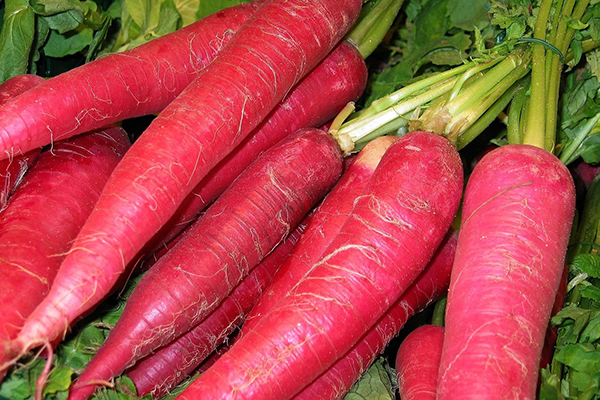

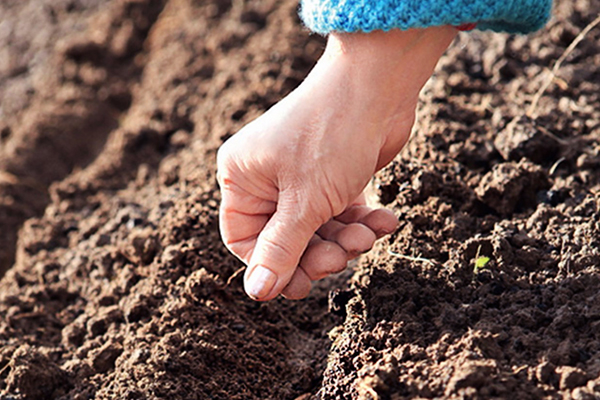
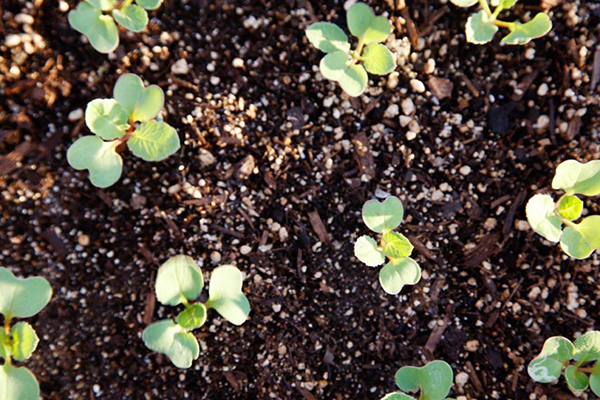
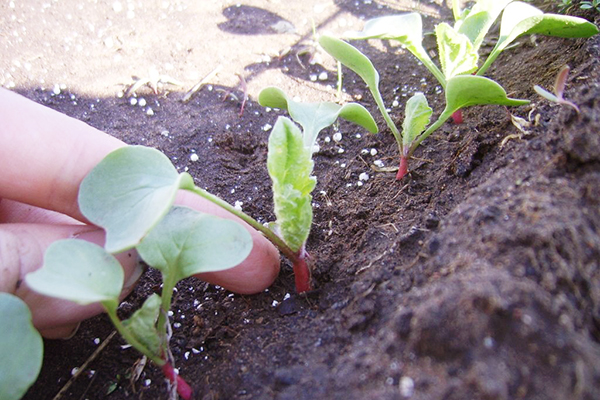
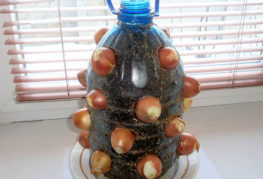
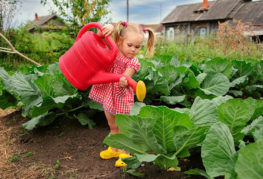
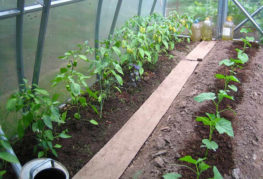

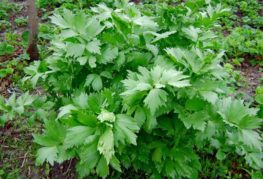
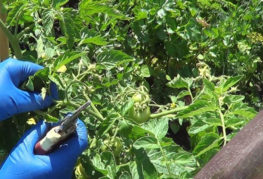
and will be published shortly.